
It may have taken forever for some, but after 5 years of waiting, Sony has updated its family of cameras designed especially for videographers: the Sony A7SIII. A camera of lights and shadows that I have had the opportunity to have in my hands, and of which today I will tell you about my experience after trying it.
Sony A7S III, video analysis:
Integrated
Let me put you in the situation before I start talking about this new camera. I have been a user of Sony cameras for 4 years. Several models of both the APS-C range and the Full Frame family of this manufacturer have passed through my hands. For this reason, when I took the new A7s III out of its box, I had the feeling of having my own A7 III with vitamins.
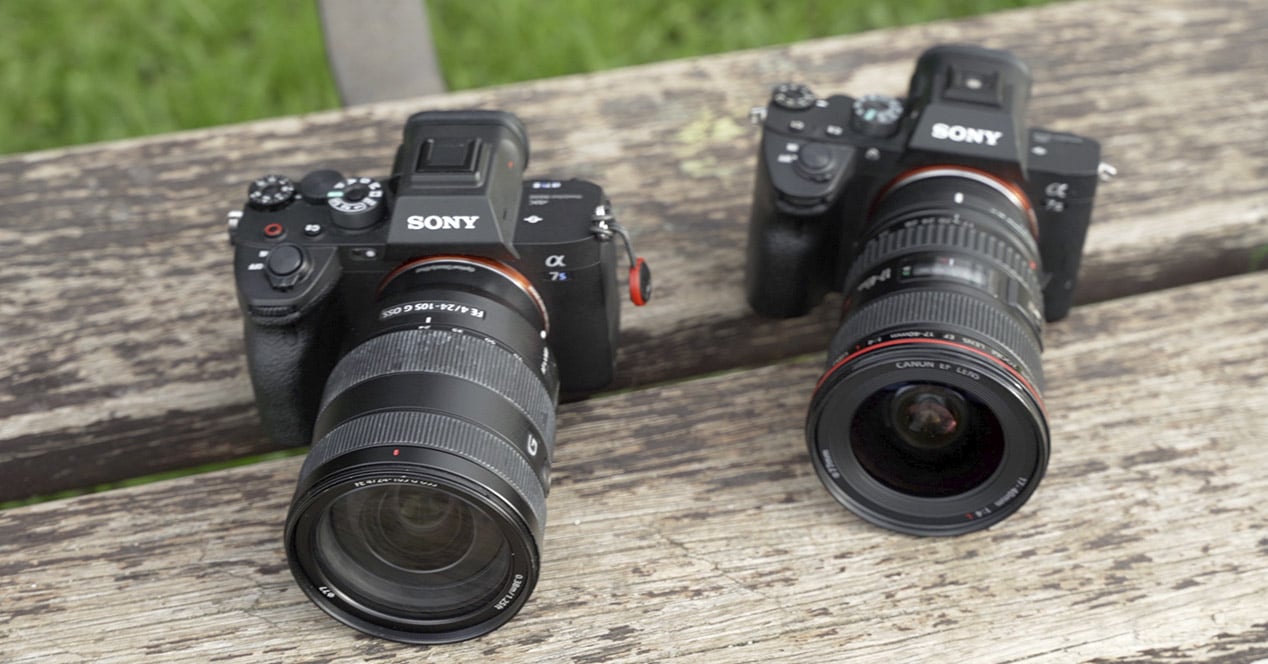
Despite their similarities, it is obvious that the body of this new member is bigger and more robust. A body with a grip that allows us to hold the camera more firmly than previous generations. The layout of buttons and dials is the same as on the Sony A7R IV. In this regard, the only clear difference is found in the record button, which is now much larger and is located on the top button panel. Something that those of us who dedicate ourselves to video greatly appreciate.
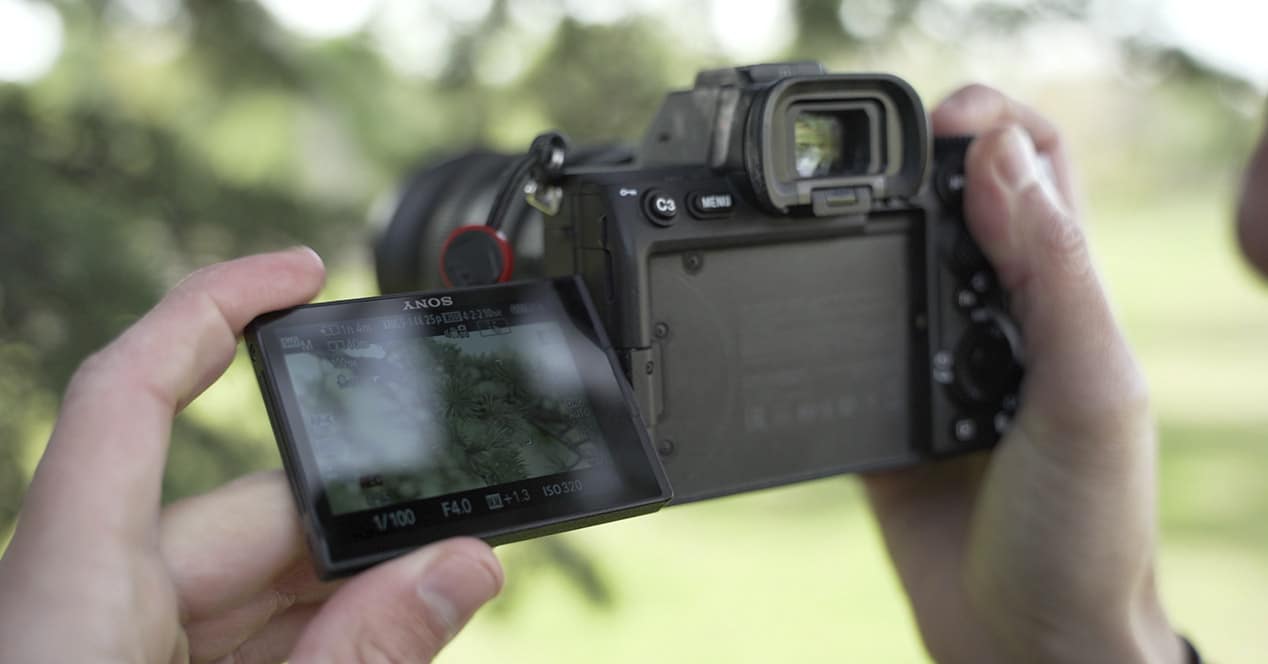
But if we Sony users should be happy about a physical change, it is the monitor. Many of us, especially those of us who recorded ourselves, asked for a change in the screen so that it became 100% folding and not the solution proposed by cameras like the a6600. So it seems that the manufacturer has listened to our pleas and now we have a monitor that we can rotate, rotate and move practically to our liking. This also adds a point extra security since, now we can rotate the monitor and place the screen inwards to avoid accidents due to blows or possible scratches.
In the rest of the body we will not find major changes, at least with the naked eye. We'll have to start uncovering the trays with sealing of the body of this A7S III to continue seeing news:
- On the left side we find the typical connectors for headphones and microphone, microUSB, USB-C and, as a novelty in this model, a connector Full HDMI. Something that will be essential for a detail that we will see in the video recording section.
- From below we will have access to the battery slot. Here we can place one of type Sony NP-FZ100, which give us much more autonomy than in the Sony NP-FW50 of previous generations. A battery that I have already been able to test for a long time on my A7 III and that works incredibly well and allows us to record and take pictures for several hours without much trouble.

- On the left side we have the tray for the memories that, in this case, we will have to move to open the tray. And, by doing this, we will be able to see the new multi-card system since this A7S III is capable of using SD cards "normal" like the new ones CFexpress Type A. Absurdly expensive memory at the moment, but with a write / read rate of up to 700 Mb/s.
As I told you at the beginning of this section, the changes that Sony has implemented on a physical level in this camera are just what I needed. An old acquaintance for Sony users, with better ergonomics, sealed in every way and that, finally, has that folding monitor that many of us needed.
A nocturnal "beast" of the video
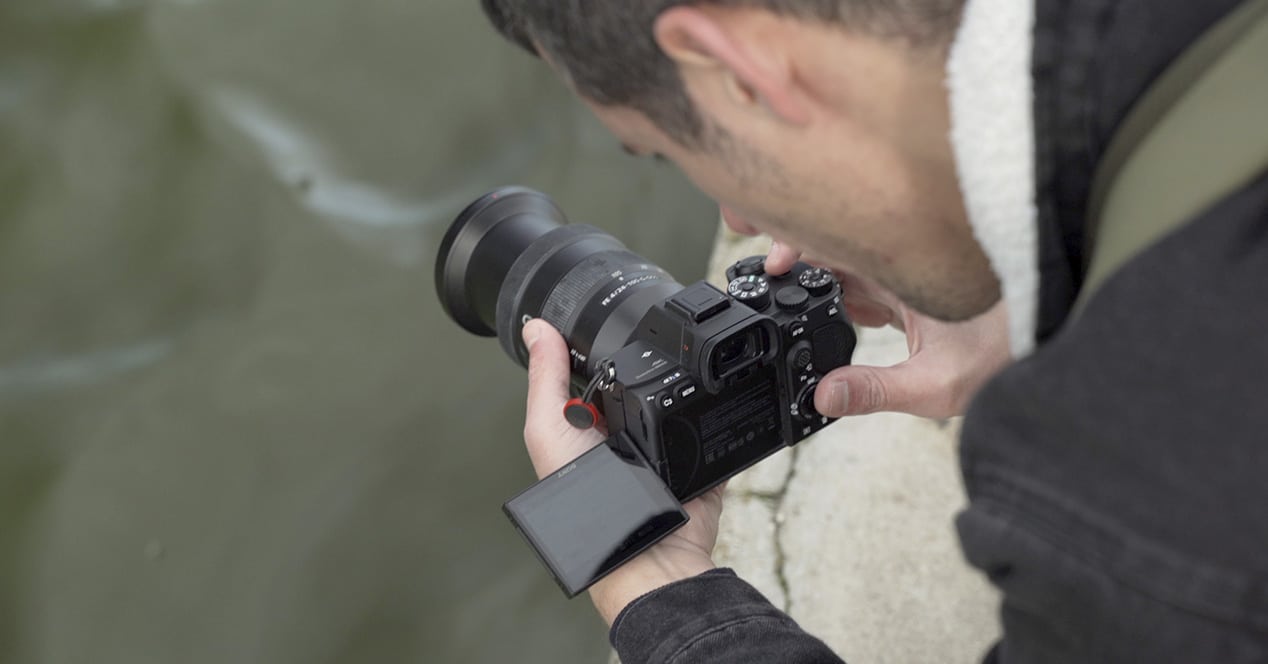
Regarding the sensor, much had been rumored in these 5 years in terms of specifications, frame rates, codecs and other parameters. Changes that predicted a possible 6K or 8K resolution and a large number of megapixels. And no, quite the contrary, we still have maximum 4K recording or with a 12 megapixel sensor. Success or disappointment? It depends on how you look.
This 2020 has been the year of mirrorless and recording at high resolutions. The example is clear to us in the Canon R5 with its RAW in 8K. And Sony may not bet on reaching a higher resolution but, without a doubt, it does not disappoint in what it offers.
Why only 12 megapixels?

You may be asking yourself this question at this point. The letter that accompanies the name of this camera refers to "Sensitivity", that is, to the ISO sensitivity that it is capable of reaching, reaching values ranging from 80 – 409.600 ISO.
This allows us to literally turn night into day. Reaching the maximum sensitivity values will make the image equally useless as many other alternatives on the market. But, what I can tell you is that with the A7S III you will be able to work without many problems at higher values than the rest.

The technical explanation for this being possible is that, thanks to that lower number of megapixels. The photodiodes responsible for collecting the light in the sensor are larger size and, therefore, the "noise resistance" of these is greater.
An extra color for your recordings
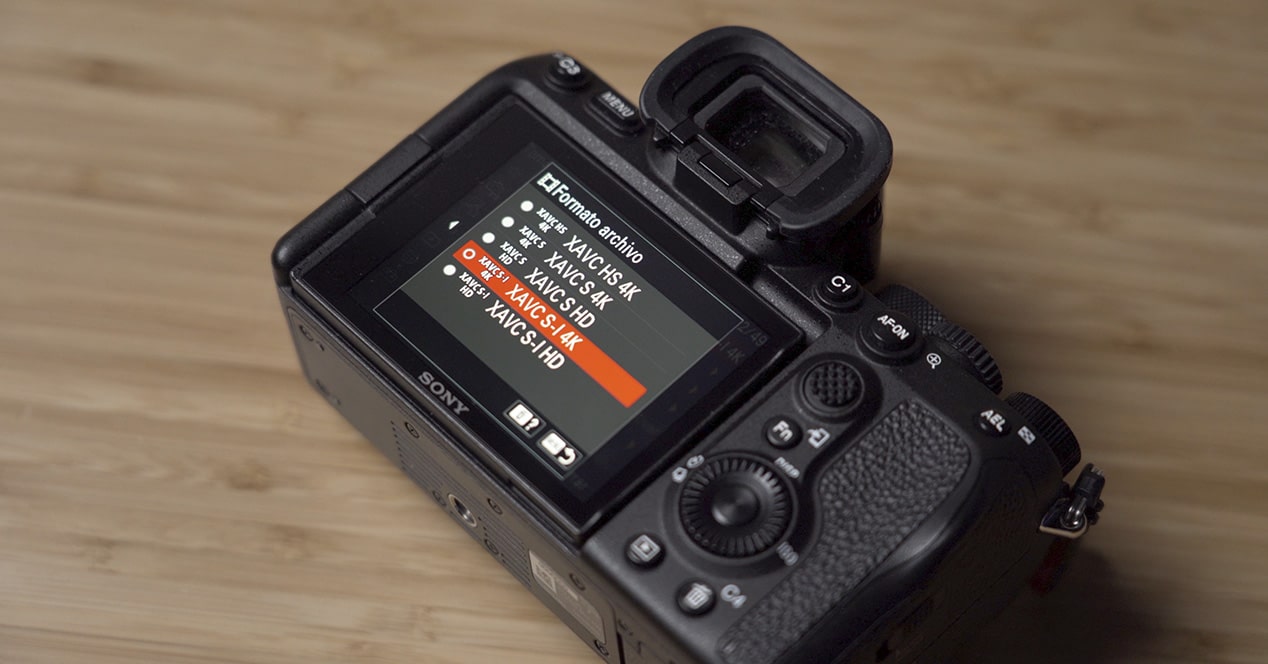
This A7S III is capable of recording video in 4K at a maximum of 120 fps and, importantly, with a color depth of 10 bits and a color sampling 4:2:2. These latest depth data will be a standard both in the new XAVC YES codec, which provides us with the highest internal recording quality, as in the other codecs and modes. Something that you should know is that, if we lower the resolution FullHD we can get to record in 240 fps if we needed an even slower camera.
As I had already mentioned, the fact that this model included a complete HDMI in its body would mainly benefit us in one section. And it is that, through external monitor, this camera is capable of recording RAW video at 4K resolution and 16-bit color depth. Unfortunately, since we do not have one of these external recording equipment, we have not been able to test this section. But if the internal recording results are already spectacular, they can only get better.
Without a doubt, what we can achieve by recording with this camera is incredible. That we finally have more color information together with Sony's image profiles (Cinema, Slog and HLG, among others) allow us to retouch our recordings a lot in post production, without the fear of ruining it quickly if we make more forced modifications.
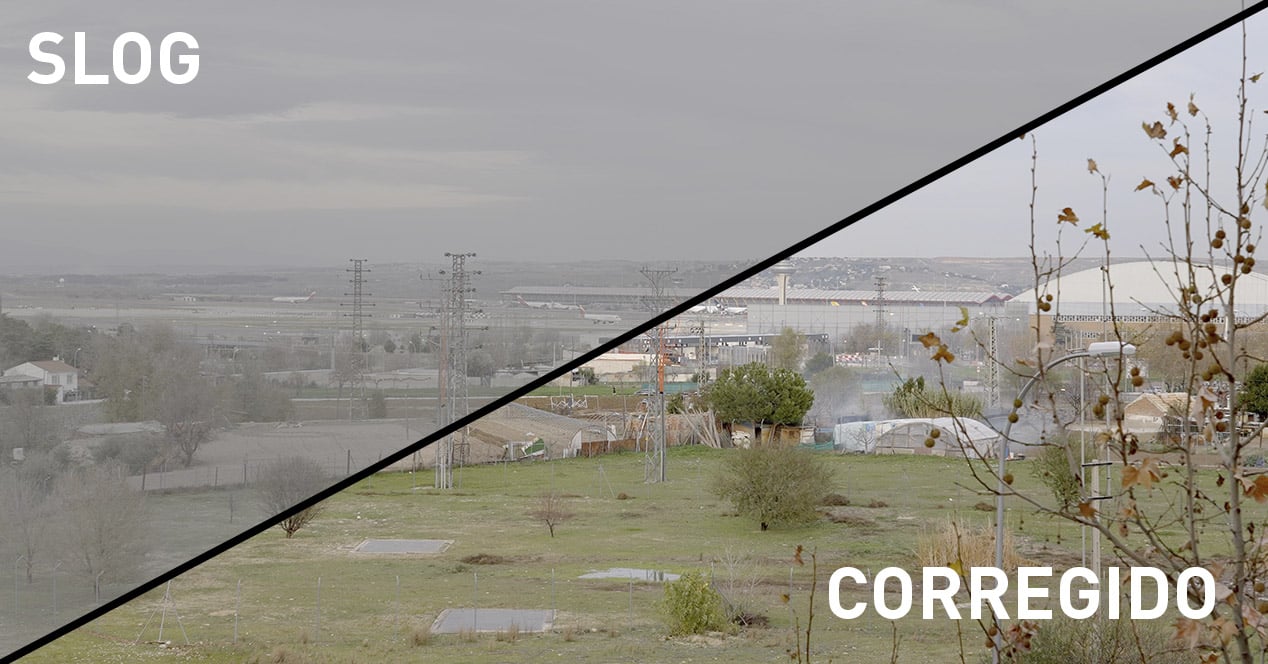
In my case, using the A7 III, I used to record in Slog2, HLG or Cine4 depending on what I needed in each situation. Slog3 was something that I ended up not using, since the post-production work was much more complex and it was relatively easy to end up spoiling the image. However, now that we have much more information with this model, the Slog3 profile makes much more sense in cases where you prioritize getting a greater dynamic range and it is easier to work with.
Vitaminized stabilization and focus
Accompanying all this, the sensor of this camera has the 5-axis stabilization that we have already seen in other models of the brand. And, as an addition, a Active SteadyShot mode. This is nothing more than a digital stabilization that performs a sensor crop a 1,1. Something insignificant but that greatly improves the final result. This improved stabilization can be activated from the Menus of the camera which, by the way, have been rearranged and improved on the A7S III.
Another huge change regarding video recording, compared to my A7 III, I have seen it in 2 small details that, in my case, give me life:
- unlimited recording: Luckily, as we already saw in the Sony a6600, this model does not have the annoying 30-minute limit on video recording. Therefore, the only thing that can "stop" us will be the battery or storage.
- continuous eye focus: this type of focus is something we already had in photography but, in video recording, it is a novelty in this range. Added to the super fast focus speed of these cameras, make it a must for those users who record themselves as vloggers. Or, of course, for any videographer who doesn't want to lose focus at any time.
Photography

If you previously knew the S family of these Sony cameras, you will know that they do not stand out precisely for the photographic section. This is mainly due to those 12 scarce megapixels among other details.
Despite dedicating myself professionally to video, as a hobby (and sometimes for work) I really like taking pictures. And, in this section, I have to say that using this camera gave me a lot of respect. But, after these weeks of testing, all those doubts have been completely dispelled.
Sample photos
The photos that I have managed to take with it are at a very high level, both during the day and when the light falls. That "extra" ISO sensitivity that we have in the video is also present in the photos and, therefore, the noise management is more than correct in bad light conditions.
Something that I had not told you about until now is about his visor, which has nothing more and nothing less than 9.437.184 points. An element that currently stands as the best electronic viewfinder created to date for mirrorless cameras.
If you are looking for a camera to take photos at the highest level, this may not be the most suitable option for you. However, it seems to me that we can take very good photographs that, for small-scale printing or for posting on social networks, is more than enough.
An incredible camera for an overwhelming price
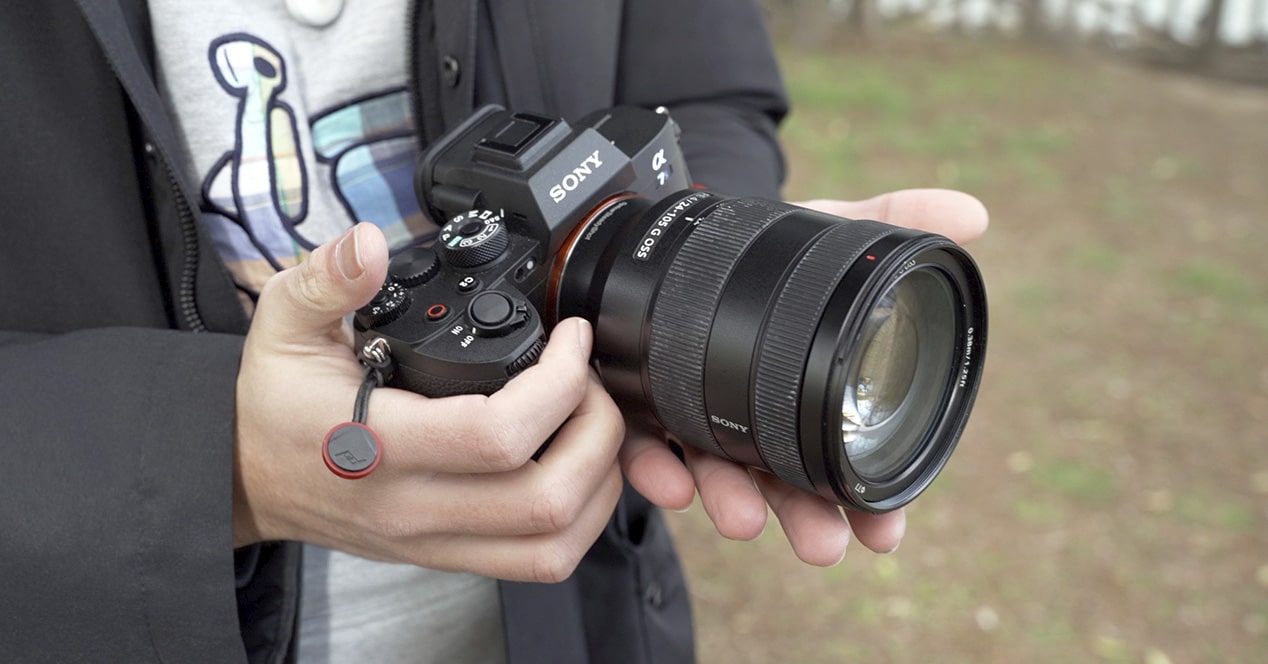
The time has come for me to tell you my conclusions after testing the Sony A7S III. This new member of the manufacturer's family of cameras may not offer us the highest resolution on the market, so far we are all in agreement. But, within your possibilities, we have the best options.
Large amount of color information, accompanied by image profiles to get the greatest possible dynamic range and, of course, being able to record everything in 4K at 120 fps. All this makes it a great bet both for those of us who were already users of Sony cameras, and for those who want to make the leap.

But everything could not be ideal and, as in any option, there is a controversial point around this camera: its price. We can currently purchase the Sony A7S III on the manufacturer's website for $4.200. Is it worth paying so much money for this camera? In my opinion, yes. But I understand that it is out of the budget of many freelancers, especially in these times. In that case, my recommendation is that you wait a few months so that you can find an interesting offer that makes its price somewhat lower.